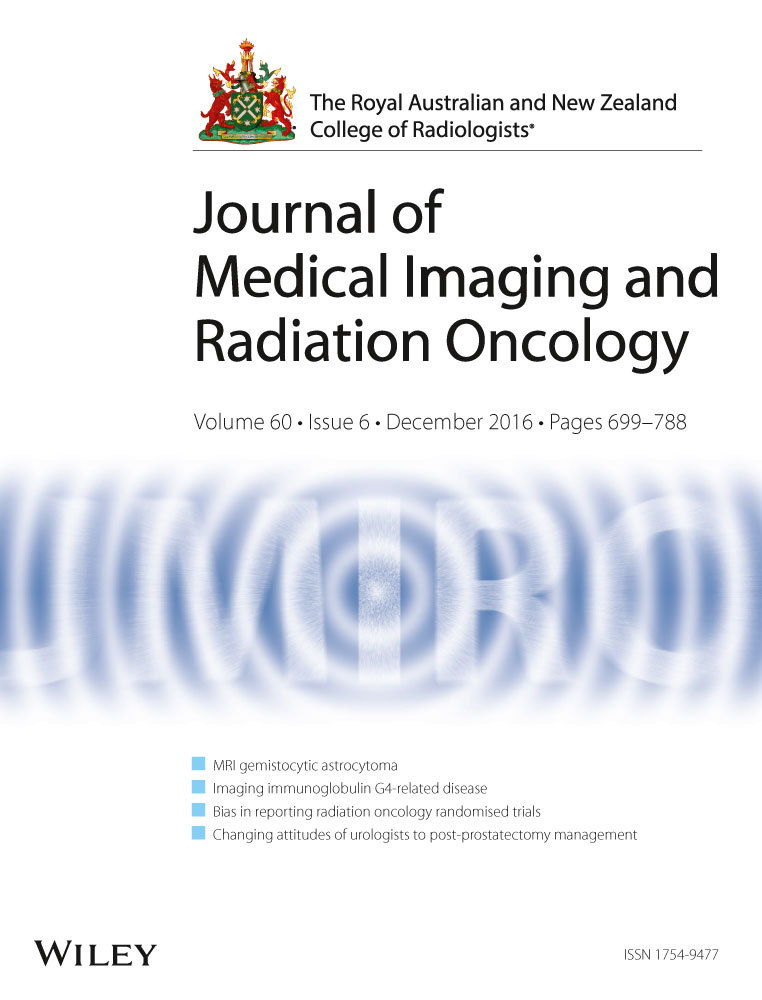Development of a local relative value unit to measure radiologists’ computed tomography reporting workload
Abstract
Introduction
Demand for CT examinations is continually increasing, with radiologists’ reporting times (RRTs) being the major constraint in CT productivity. As CT complexity varies according to the anatomical region, there is a need for methods that normalize radiologist work to address reporting workload.
Methods
All CT orders, from July 2013 to February 2015, from a 850-bed tertiary-care, university-based general hospital in southern Brazil, were studied. Type of examination and RRTs were retrieved from our Radiology Information System/IMPAX. Based on RRTs, after exclusion of spurious results, we calculated local relative value units (L-RVUs) for different examinations. We also compared these results with the US-Medicare/Medicaid RVU (US-RVU).
Results
The query resulted in 42,382 occurrences for 24 tests. Among the tests, 15 had sample size n ≥ 100. The 9 tests with n < 100 were grouped into 4 sets of tests, resulting in the analysis of 17 categories of tests. RRTs for total abdomen CT, thorax CT and central nervous system CT were 17.1 ± 14.6, 14.2 ± 11.1 and 7.0 ± 6.5 minutes, respectively. L-RVUs for the 17 categories of tests were calculated, resulting in values from 1.00 to 4.18. L-RVU and US-RVU displayed no correlation (r = 0.05; P-value = 0.86).
Conclusion
Computed tomography radiologists’ reporting workload varies considerably across different tests. Moreover, the lack of significant correlation between US-RVU and L-RVU highlights the need for contextualized methods to locally address radiologists’ reporting workload. Thus, the use of L-RVU could aid in planning and managing a CT Unit.




